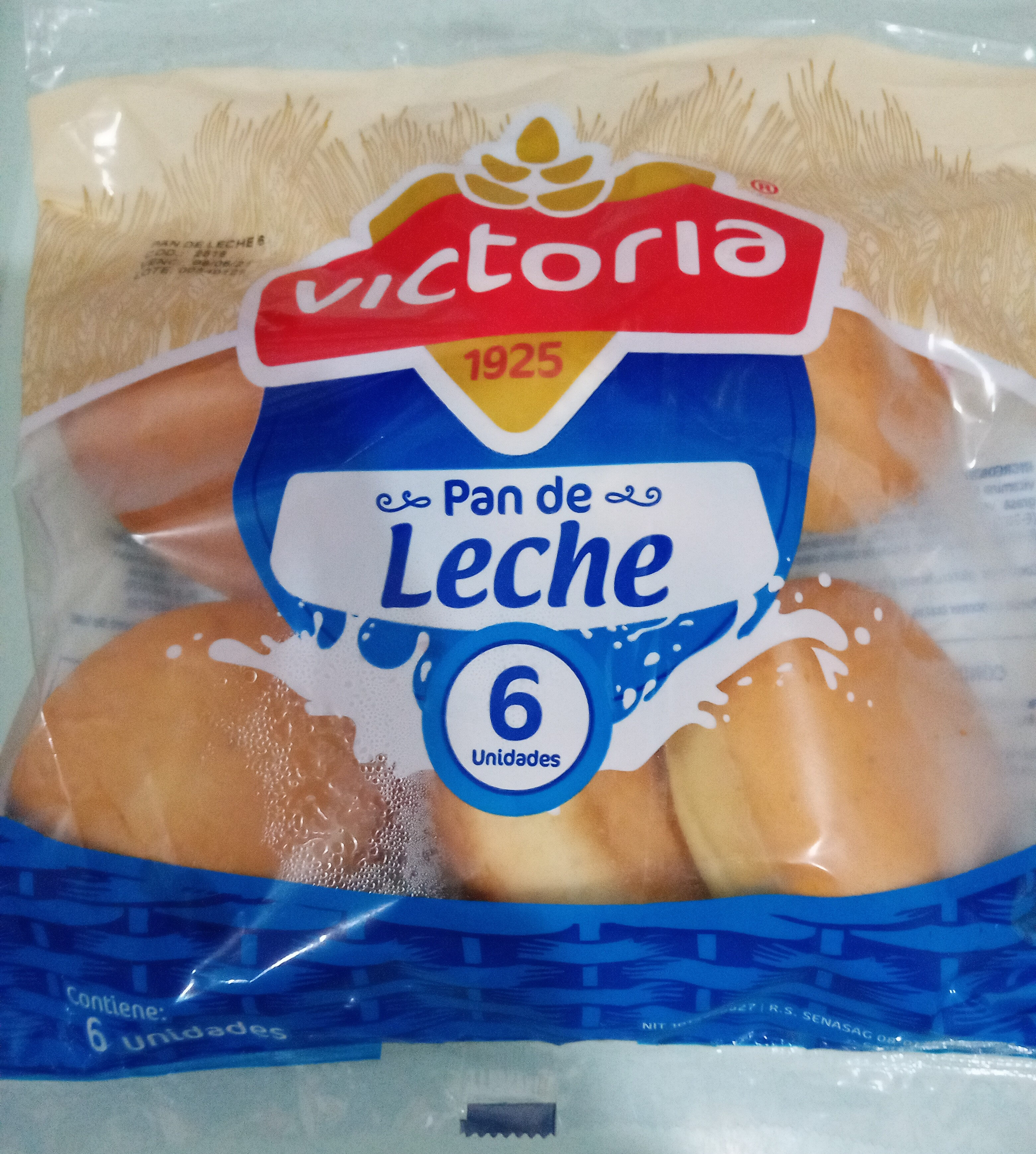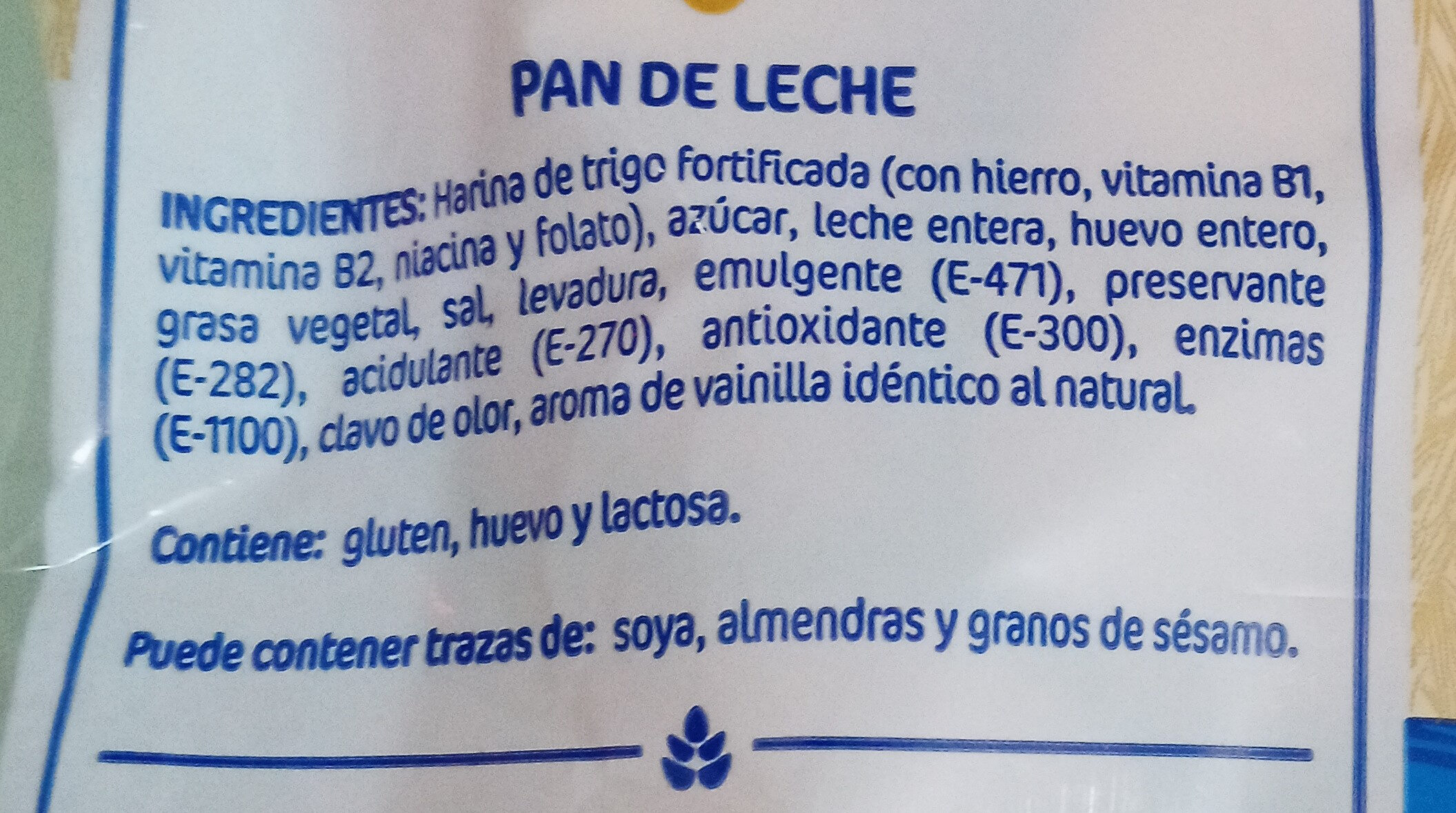Pan de Leche - Victoria - 6 u
This product page is not complete. You can help to complete it by editing it and adding more data from the photos we have, or by taking more photos using the app for Android or iPhone/iPad. Thank you!
×
Barcode: 7773403000399 (EAN / EAN-13)
Quantity: 6 u
Brands: Victoria
Categories: Snacks, Sweet snacks, Sweet pastries and pies, Viennoiseries, Milk bread rolls
Origin of ingredients: Bolivia
Manufacturing or processing places: Santa Cruz, Bolivia
Countries where sold: Bolivia
Matching with your preferences
Environment
Carbon footprint
Packaging
Transportation
Report a problem
Data sources
Product added on by jobertic
Last edit of product page on by 5m4u9.
Product page also edited by cristofher-cruz95, ecoscore-impact-estimator, moon-rabbit, openfoodfacts-contributors, packbot.
If the data is incomplete or incorrect, you can complete or correct it by editing this page.






